SKIN CARE
How to Get the Best Deals on Triluma Cream Online
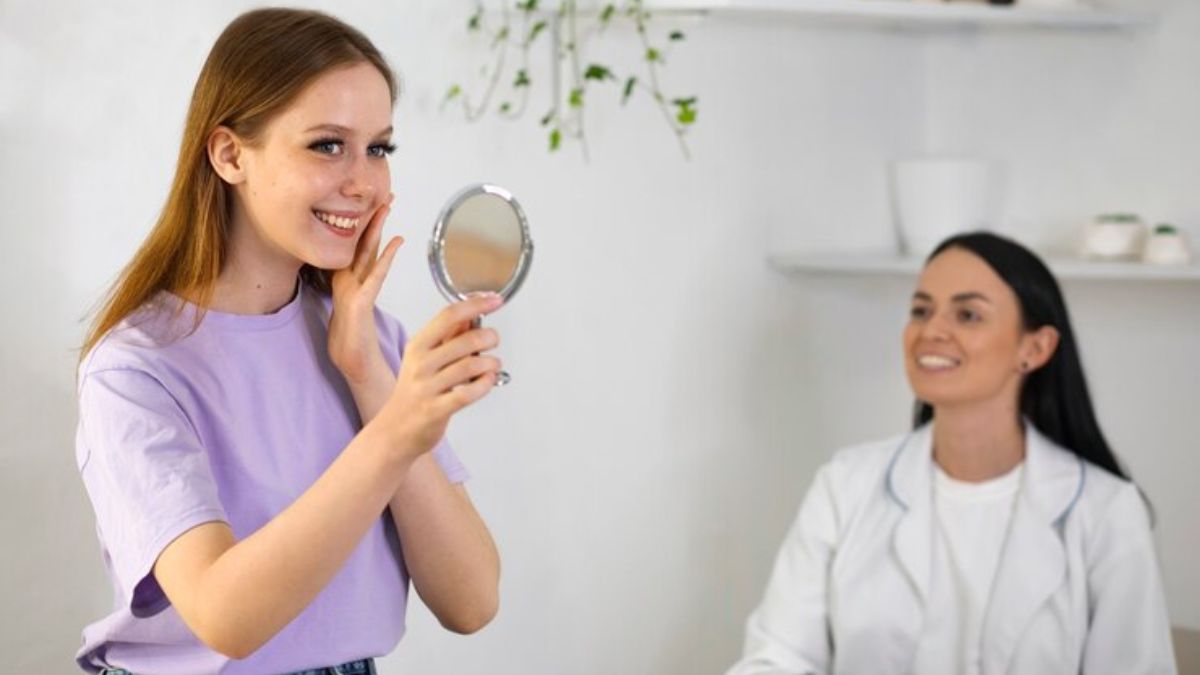
In the quest for radiant, blemish-free skin, Triluma Cream has emerged as a highly sought-after solution. This prescription-strength cream is renowned for its effectiveness in treating melasma and hyperpigmentation. However, finding the best deals on Triluma Cream online can be challenging. Our comprehensive guide will walk you through the steps to secure the best prices while ensuring you receive genuine and safe products.
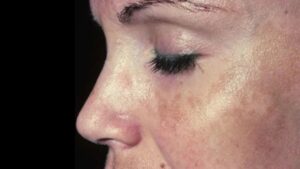
Understanding Triluma Cream
Triluma Cream is a combination medication containing three active ingredients: hydroquinone, tretinoin, and fluocinolone acetonide. These ingredients work synergistically to reduce dark spots, lighten skin tone, and promote skin cell turnover. Given its potent formulation, Triluma Cream is typically prescribed by dermatologists and is available through licensed pharmacies.
Benefits of Buying Triluma Cream Online
Purchasing Triluma Cream online offers several advantages:
- Convenience: Shop from the comfort of your home.
- Variety: Access to a wider range of suppliers and prices.
- Discounts: Online pharmacies often provide better deals and discounts.
- Delivery: Home delivery options save time and effort.
Steps to Get the Best Deals on Triluma Cream Online
1. Research Reputable Online Pharmacies
When buying Triluma Cream online, it is crucial to choose a reputable pharmacy. Look for pharmacies that are certified and have positive reviews from customers. Websites like PharmacyChecker.com can help you verify the credibility of online pharmacies.
You can buy Triluma Cream Online from OKDermo, and Amazon, I experienced Okdermo’s service, and they delivered it to my doorstep within four days. They provided excellent customer service and were very helpful. I highly recommend Okdermo.
2. Compare Prices
Different online pharmacies offer varying prices for Triluma Cream. Use price comparison tools to identify the best deals. Websites like GoodRx or Drugs.com provide price comparisons and coupons that can significantly reduce your costs.
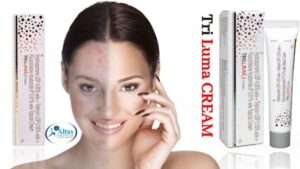
3. Check for Discounts and Coupons
Many online pharmacies offer discounts and coupons for prescription medications. Sign up for newsletters from reputable pharmacies to receive notifications about special offers. Additionally, websites like RetailMeNot or Honey can provide discount codes to use at checkout.
4. Look for Bulk Purchase Options
Buying in bulk can often lead to substantial savings. If you use Triluma Cream regularly, consider purchasing multiple tubes at once. Some online pharmacies offer discounts on bulk purchases, reducing the overall cost per unit.
5. Verify Prescription Requirements
Triluma Cream is a prescription medication, and legitimate online pharmacies will require a valid prescription from a licensed healthcare provider. Be wary of websites that offer Triluma Cream without a prescription, as these may be selling counterfeit products.
6. Read Customer Reviews
Customer reviews can provide valuable insights into the reliability of an online pharmacy and the quality of its products. Look for reviews on independent websites and forums to ensure authenticity.
7. Use Loyalty Programs
Many online pharmacies have loyalty programs that reward repeat customers with discounts, free shipping, and other perks. Enroll in these programs to take advantage of additional savings.
How to Ensure You Are Buying Genuine Triluma Cream
1. Check the Packaging
Genuine Triluma Cream will have specific packaging and labeling. Look for the manufacturer’s seal, batch number, and expiration date. Counterfeit products often have misspelled labels, missing information, or poor-quality packaging.
2. Verify the Manufacturer
Ensure that the Triluma Cream is manufactured by a reputable pharmaceutical company. The most well-known manufacturer of Triluma Cream is Galderma Laboratories. Verify the manufacturer’s details on the packaging and cross-check with information available online.
3. Consult Your Dermatologist
Before purchasing Triluma Cream online, consult your dermatologist. They can provide guidance on reputable online pharmacies and ensure that you are buying the correct product for your skin condition.
4. Avoid Suspiciously Low Prices
If the price of Triluma Cream seems too good to be true, it probably is. Extremely low prices may indicate counterfeit products. Stick to reputable pharmacies that offer reasonable discounts without compromising quality.
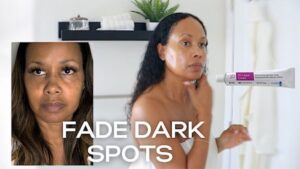
Frequently Asked Questions
1. Is it safe to buy Triluma Cream online?
Yes, it is safe to buy Triluma Cream online as long as you purchase from a reputable and certified pharmacy. Always verify the legitimacy of the pharmacy and ensure they require a prescription.
2. Can I use insurance to buy Triluma Cream online?
Many online pharmacies accept insurance. Check with the pharmacy to see if they accept your insurance plan. You may need to submit your prescription and insurance details for verification.
3. How can I ensure the timely delivery of my order?
Choose online pharmacies that offer tracking options and expedited shipping. Reading customer reviews can also give you an idea of the pharmacy’s delivery efficiency.
4. What should I do if I receive a counterfeit product?
If you suspect that you have received a counterfeit product, do not use it. Contact the pharmacy immediately to report the issue and request a refund or replacement. You should also report the incident to regulatory authorities.
Conclusion
Finding the best deals on Triluma Cream online requires diligent research and careful consideration. By following the steps outlined in this guide, you can secure genuine Triluma Cream at the best possible price. Remember to prioritize safety and authenticity to achieve the best results for your skin.

SKIN CARE
Laser Hair Removal: When Will You Start Seeing Noticeable Results
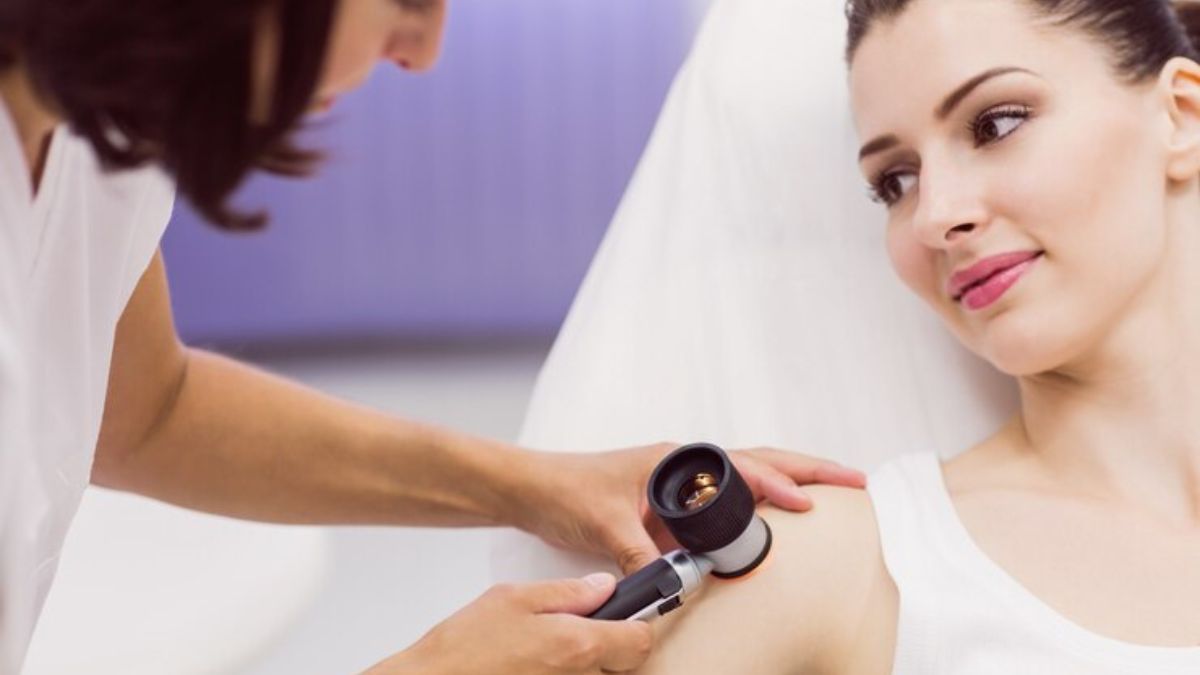
Laser hair reduction in Delhi is a procedure that uses laser light, or a concentrated beam of light, to get rid of hair in different body areas. If you’re not satisfied with the results of shaving, waxing, or tweezing to remove unwanted hair, laser hair removal is the best option. Laser hair treatment targets the hair follicles, destroying them to regrow in the future. It eliminates excess hair from body areas like legs, hands, chin, or other sensitive areas like underarms and face.
When experiencing laser hair treatment, it’s essential to understand that the outcome is a gradual process. Typically, patients will observe a reduction in hair growth after one or two sessions, but the final result will be seen after multiple sessions.
Laser Hair Removal Delhi: How fast can you see the results?
The sessions of permanent laser hair reduction in Delhi rely on which body area is selected for laser hair treatment influenced by factors like skin type and density of hair. Some individuals will start noticing results within the first few weeks after the initial appointment. However, the hair will still be visible, though there will be a noticeable improvement. Dr Gaurav Garg is well-known for hair transplant in Delhi
Many people will see significant results in hair reduction after four to six sessions. Optimal results are generally achieved after six weeks. After completing the treatment, most individuals have little or no hair growth in the treated area for several months or even years. When the hair regrows, the density tends to be lower than before.
Laser Hair Removal Delhi: How many sessions do you need?
Face and Neck Area
The most frequently selected areas for laser hair removal in Delhi are the face and neck. This is because unwanted hair is visible in these areas, giving the skin a darker and hairy appearance. Individuals who shave or wax these areas often have damaged hair follicles, ultimately leading to fewer sessions of laser hair treatment.
Since these areas are affected by hormones, it require more sessions compared to other body areas like legs may need around six to eight sessions for lasting results. Additionally, there will be intervals between treatments to track the results.
Bikini Area
For hygiene and a fresh feeling, many individuals choose bikini laser hair removal in Delhi for the bikini area. This area is also influenced by hormones, which can impact the number of treatments required.
You can expect about five to ten sessions to achieve significant hair reduction in the bikini area. Treatments should be at a gap of four to six weeks, ensuring optimal results and allowing skin to recover between sessions.
Underarms
If you are tired of shaving underarms, try the best laser hair removal in Delhi. After puberty, many individuals start to develop hair in this area; if not maintained with hygiene leads to sweating and gives rise to germs. The permanent solution to this is laser hair removal treatment. The expected treatment sessions in this area are six to eight for optimal results.
Legs
Legs are a non-hormonal area, which means less number of sessions are required to get the desired results. Three sessions could be needed, which may vary as per the density of hair growth in each individual. You start to expect results from the best dermatologist for laser hair removal in Delhi within a minimum of four to six weeks.
Common Factors Affecting Laser Hair Removal Results
Hair Colour
The hair color of the skin plays a vital role in the effectiveness of treatment. The darker the hair on the skin, the more influential the results, as it will be more accessible for the laser to target the hair follicles. The type of laser quality will also make a difference in the outcome.
Skin Tone
Skin tone is a crucial factor of full body hair removal in Delhi; the lighter the skin tone the better impactful results. The procedure depends on the skin type; according to that, the number of sessions will vary. This technology is best for individuals desiring smoother and clearer skin.
Growth Cycle of Hair
The best laser hair removals fail if the hair grows in different cycles. Laser hair removal technique is effective when there is active growth of hair. This is the main reason for gaps between each session to track hair growth. We are the best hair doctor in Delhi.
Everyday tips to follow after laser hair removal for early results
- Avoid excessive sun exposure and tanning; if possible, apply sunscreen of SPF 50++
- Don’t shave, wax, or tweez hair before sessions.
- Follow the recommended session schedule with the dermatologist.
- Regularly apply creams and gels prescribed by the doctor.
- Don’t scratch or itch on the treated area to prevent affection and allergy.
- Keep the treated area clean and moisturized.
For the best laser hair removal in Delhi via the best laser machines, visit Dermalife Hair and Skin Clinic today!!!
FAQs
- How many sessions does it generally take to see significant results?
It depends on the skin and hair type of patients. Usually, it takes six to eight sessions for a noticeable and long-lasting result.
- Is it normal to notice hair growth after initial treatment sessions?
Yes, it is normal. The laser targets hair with an active growth phase so that hair regrowth can occur between sessions. Over time with more treatments, you’ll reduce hair growth.
SKIN CARE
What is Atopic Dermatitis?
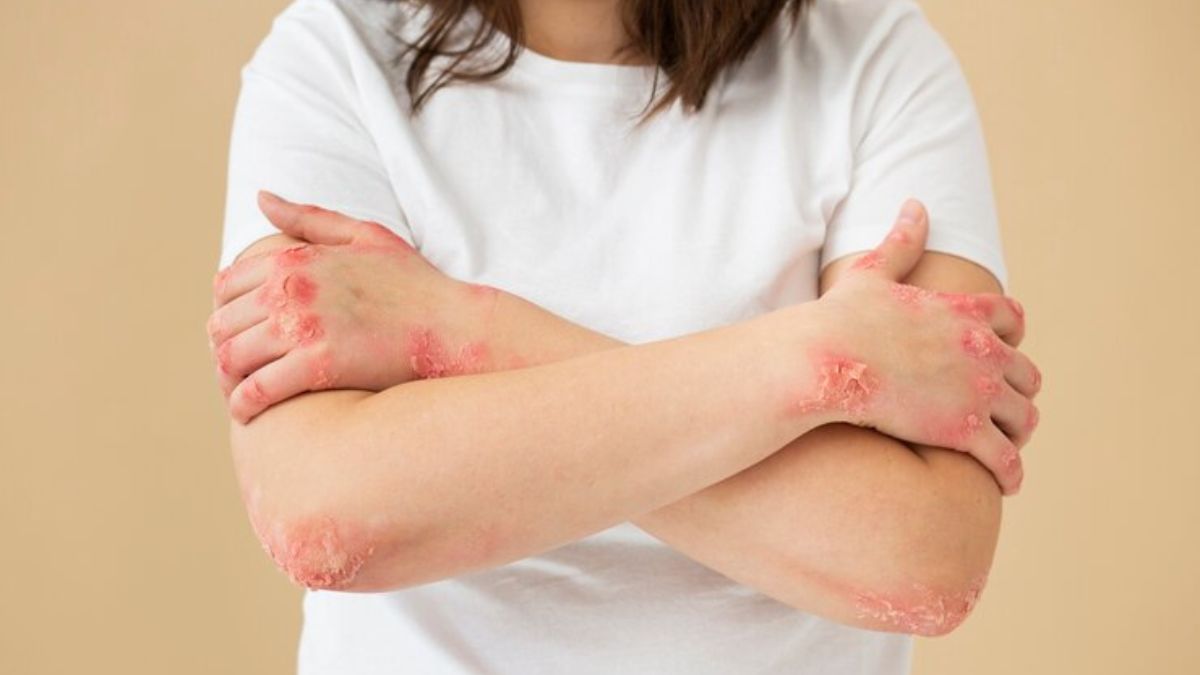
Atopic dermatitis (AD), also known as eczema, is a habitual seditious skin complaint which results in dry, unloading, red and itchy skin. Causing signs to start fairly early in teenage, but they can be at any stage of life. It flares up from time to time, and the symptoms vary in inflexibility.
The exact cause of vitiligo is not known, but it may be linked to genetics, vulnerable systems, and environmental factors. At the moment, there’s no cure, although a number of treatments can help to manage symptoms and help flares; these include moisturizers, corticosteroids, immunomodulators, and phototherapy.
The main characteristics of atopic dermatitis are:
⦁ Skin that is dry, short, and with a tendency to crack and bleed.
⦁ Areas of red or brownish-gray skin, particularly on the backs of hands, feet, and neck.
⦁ Skin that has become thickened and tough as a result of prolonged scratching (this is known medically as lichenification)
What is Atopic Dermatitis?
A dysfunction of the skin hedge is associated with atopic dermatitis that makes the skin easy to damage from annoyances and allergens. It’s considered part of the “atopic triad” because it constantly appears in people with a history of disinclination, asthma or hay fever.
Eczema, or atopic dermatitis (AD), is a longstanding skin condition that causes dry, bothered and itchy skin. AD generally begins in nonage, but may develop at any age. Although the precise cause is not clear, the combination of genetic and other environmental factors together weaken the skin barrier.
They may have red, scaled patches; they frequently itch a lot and can be thickened from all the scratching. And, while there’s no cure, treatments similar as emollients, topical steroids and ultraviolet light remedy can help in managing the condition and reducing flare- ups.
The treatment of atopic dermatitis (AD) is designed to reduce symptoms, help flares and ameliorate the overall health of the skin. Common treatments include:
⦁ Moisturizers (Emollients)
Regular use of moisturizers help repair the skin hedge, lessening blankness and vexation. Essential for the operation of Mild to Moderate Cases, blaze- ups
⦁ Topical Corticosteroids
These anti-inflammatory creams or ointments can be applied during flare- ups to help reduce the redness, swelling and itchiness. It varies in strength and is generally applied to the affected areas.
⦁ Topical Calcineurin Inhibitors
Topical calcineurin impediments (aka tacrolimus and pimecrolimus) are non-steroidal specifics that help to reduce inflammation and are indicated for use in fragile skin areas similar to the face, neck, or long-term on other areas of the body.
⦁ Oral or injectable immunosuppressants
Severe cases may be treated with specifics for the vulnerable response and inflammation, similar to cyclosporine, methotrexate, or dupilumab (a biologic remedy).
⦁ Antihistamines
They just help with itchiness, especially at night. Other models, such as Loratadine, are sedatives and help the patient sleep where his itching is very annoying.
⦁ Phototherapy (light therapy)
For moderate-to-severe cases that do not respond well to topical treatments, UVB or UVA light therapy for atopic dermatitis can be used. It helps in curing inflammation and increases the blemish-free skin.
⦁ Antibiotics or antivirals
Antibiotics (oral or topical) may be recommended if the skin gets infected from scratching. For viral infections (e.g., cold blisters), specifics that act as antivirals may be necessary.
⦁ Wet Wrap Therapy
In more serious cases, especially children with eczema due to an allergic reaction, medicated creams or moisturizers are applied and covered over with wet wraps (moist bandages) to help the effects of treatment and alleviate even greater itching.
Symptoms of Atopic Dermatitis
The symptoms of atopic dermatitis (AD) can vary based on age, severity, and location on the body. Common symptoms include:
⦁ Dry Skin
The skin also has a sallow, dry, rough appearance.
⦁ Itching
The trademark characteristic symptom is severe itching (pruritus), typically worsened by the nighttime and scratching, which can lead to damage to the skin.
⦁ Red or brownish patches
This may result in inflamed, red or brownish-gray patches, which tend to form in areas such as on the face, neck, hands and feet — but also can occur in areas with creases, namely at the back of knees and inside elbow.
⦁ Small, Raised Bumps
The skin that can be impacted by atopic dermatitis may itch, swell, and even hurt after some scratching.
⦁ Swollen, sensitive skin
Nonstop scratching can additionally create raw openings; the producing seepages of the blood stream lead to a raised threat from disease.
People frequently have questions regarding what is atopic dermatitis; this blog can be helpful to them. Atopic dermatitis symptoms tend to flare up periodically, with phases of worsened symptoms followed by ages of relative calm.
Light therapy for Atopic Dermatitis
Light remedy, or phototherapy, is a treatment for atopic dermatitis (eczema) that involves exposing the skin to controlled quantities of natural or artificial light. The most common form used is narrowband UVB (ultraviolet B) light.
It works by reducing inflammation, decelerating skin cell production, and perfecting the skin barrier. In some cases, UVA light combined with a medicine called psoralen (PUVA remedy) is also used.
Light therapy for atopic dermatitis is generally recommended for moderate to severe cases of atopic dermatitis when topical treatments fail or are not sufficient. It can help reduce itching, redness, and flare-ups, but it requires multiple sessions over weeks to be effective.
SKIN CARE
Clear Skin Journey Demystified Skincare Tips for Acne-Prone Skin
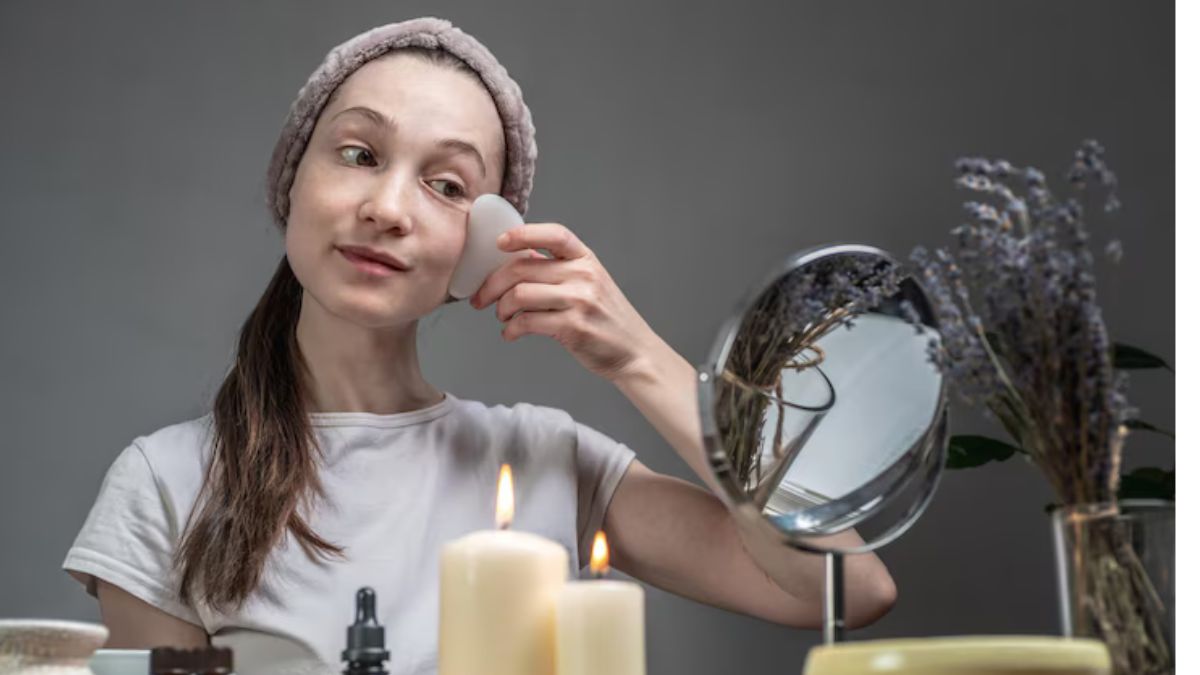
Acne is a common skin condition that impacts self-esteem and well-being. This blog post offers actionable skincare tips for teens, young adults, and skincare enthusiasts dealing with acne. It will cover types of acne, daily skincare routines, and when to seek professional help, aiming to boost confidence and promote clearer skin.
Understanding Acne
Before you can tackle acne, it’s essential to understand what you’re dealing with. Acne is a skin condition that manifests in various forms, including blackheads, whiteheads, pimples, and cysts. Each type is distinct and may require different approaches for management. Blackheads are open pores filled with excess oil and dead skin, while whiteheads are closed pores clogged with similar debris. Pimples are inflamed spots that contain pus, and cysts are severe, painful lumps beneath the surface of the skin.
Several factors contribute to the development of acne. Hormonal changes, such as those experienced during puberty, menstruation, or pregnancy, are primary culprits. Other contributing factors include stress, diet, and genetics. Environmental factors, like pollution and humidity, can also exacerbate acne symptoms. Additionally, using the wrong skincare products can clog pores and worsen the situation, making it crucial to tailor your regimen to your specific skin needs.
Understanding these aspects is key to managing acne effectively. By identifying the type of acne and its causes, you can formulate a more targeted approach. This understanding allows you to make informed decisions about the skincare products and treatments that are most likely to be effective for your particular situation. Armed with this knowledge, you’re one step closer to clearer skin.
Daily Skincare Routine
A consistent skincare routine is your best ally in managing acne-prone skin. Start each morning with a gentle cleanser to remove any accumulated oils and impurities from the night. Look for a product specifically formulated for acne-prone skin, as these typically contain ingredients like salicylic acid or benzoyl peroxide, which help clear pores and reduce inflammation. Follow up with a toner to balance your skin’s pH levels and prepare it for subsequent steps.
Next, apply a lightweight, non-comedogenic moisturizer. Hydration is crucial, even for oily skin types, as dehydrated skin can produce more oil, exacerbating acne. Choose a moisturizer with ingredients like hyaluronic acid or glycerin to maintain moisture without clogging pores. Don’t forget to apply sunscreen, especially after using products that make your skin more sensitive to sunlight. Opt for a broad-spectrum SPF that won’t cause breakouts.
In the evening, repeat the cleansing process to remove makeup, dirt, and pollutants. Consider introducing an exfoliating product once or twice a week to slough away dead skin cells and prevent clogged pores. Finish your routine with a treatment product targeting acne, such as a retinoid or a spot treatment. Consistency in this daily regimen will help manage acne effectively and support healthier, clearer skin over time.
For those looking to enhance their skincare routine with natural products, Spruce’s CBD lotion offers a soothing option that could support healthy skin.
Choosing the Right Products
Navigating the world of skincare products can be overwhelming, but choosing the right ones is crucial for acne-prone skin. Start by looking for items labeled “non-comedogenic,” meaning they won’t clog your pores. This is especially important for moisturizers, sunscreens, and makeup products. Also, consider your skin type—oily, dry, combination, or sensitive—when selecting products to ensure they meet your specific needs.
Active ingredients play a significant role in acne management. Salicylic acid and benzoyl peroxide are popular choices for their ability to unclog pores and reduce inflammation. Tea tree oil is a natural alternative with antimicrobial properties. Additionally, niacinamide and zinc are excellent for calming irritated skin and reducing redness. When incorporating new products, introduce them gradually to allow your skin to adjust and monitor any adverse reactions.
It’s essential to remain patient and give products time to work, as results might not be immediate. Also, avoid the temptation to use multiple new products simultaneously, as this can irritate your skin and make it challenging to identify which products are beneficial. Regularly evaluate your skincare routine to ensure it continues to meet your skin’s evolving needs, and don’t hesitate to seek professional advice if you’re uncertain about product choices.
Lifestyle Tips
Managing acne extends beyond skincare products; lifestyle factors also play a significant role. Diet, for instance, can impact skin health. While no food directly causes acne, some studies suggest that high-glycemic diets and dairy consumption can exacerbate the condition. Focus on a balanced diet rich in fruits, vegetables, lean proteins, and whole grains. Staying hydrated is equally important, as it helps flush out toxins and supports overall skin health.
Stress management is another crucial aspect. High-stress levels can trigger hormonal fluctuations, leading to acne flare-ups. Incorporate stress-reducing activities into your routine, such as yoga, meditation, or regular exercise, to keep stress in check. Adequate sleep is also vital for maintaining hormonal balance and promoting skin regeneration, so aim for 7-9 hours of quality sleep each night.
Good hygiene practices are essential to prevent acne. Wash your face twice daily, but avoid over-cleansing, which can strip your skin of natural oils. Change pillowcases and towels regularly to minimize bacteria transfer, and resist the urge to touch or pick at your face, as this can introduce more impurities and lead to scarring. By adopting these lifestyle changes, you can support your skincare efforts and enhance your skin’s appearance.
Professional Advice and Treatments
While a diligent skincare routine and healthy lifestyle can significantly improve acne, there are times when professional intervention is necessary. If over-the-counter treatments fail to deliver the desired results or if your acne is severe and causing scarring, consult a dermatologist. A professional can offer personalized advice and prescribe medications tailored to your specific needs.
Prescription treatments include topical retinoids, antibiotics, or oral isotretinoin, which can be effective for stubborn or cystic acne. Dermatologists, like those available in Midvale, may also recommend procedures such as chemical peels, laser therapy, or extraction to address acne and improve skin texture. These treatments can be highly effective but should only be pursued under professional guidance to avoid complications.
In addition to medical treatments, dermatologists can provide insight into your skincare regimen and recommend adjustments for optimal results. They can identify potential irritants or ineffective products and suggest alternatives that align with your skin type and concerns. By seeking professional advice, you gain access to a wealth of knowledge and resources that can help you achieve clearer, healthier skin more efficiently.
Conclusion
Now that you have a better understanding of the causes and management of acne, it’s time to put this knowledge into action. Remember, consistency is key when it comes to skincare, so stick to a daily routine that works for your skin. Be patient, evaluate your products regularly, and make adjustments as needed. Incorporate healthy lifestyle habits to support your skin from within, and don’t hesitate to seek professional advice if necessary.
-

 HEALTH5 months ago
HEALTH5 months agoIntegrating Semaglutide into Your Weight Loss Plan: A Practical Guide
-

 HOME IMPROVEMENT5 months ago
HOME IMPROVEMENT5 months agoHow to Choose the Perfect Neutral Area Rug for Every Room
-

 ENTERTAINMENT1 month ago
ENTERTAINMENT1 month agoInside a Coomer Party: A Closer Look at this Growing Trend
-

 CONSTRUCTION4 months ago
CONSTRUCTION4 months agoConstruction Site Safety Regulations in New York and Your Rights as a Worker
-

 LAW4 months ago
LAW4 months agoTeenage Drivers and Car Accidents in California: Risks and Parental Liability
-

 FASHION5 months ago
FASHION5 months ago7 Celebrity-Inspired Elegant Summer Dresses For 2024
-

 LAW4 months ago
LAW4 months agoGang Activity and Criminal Charges in CA: Protecting Your Rights
-

 LAW4 months ago
LAW4 months agoKentucky’s School Football: Concussions, Injuries, and Legal Options